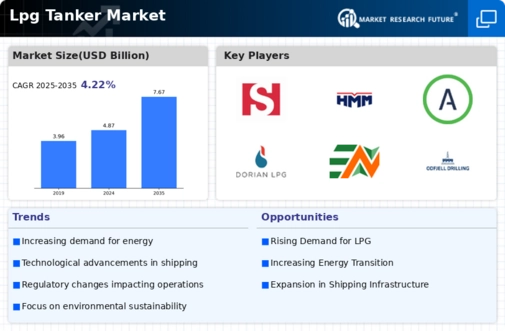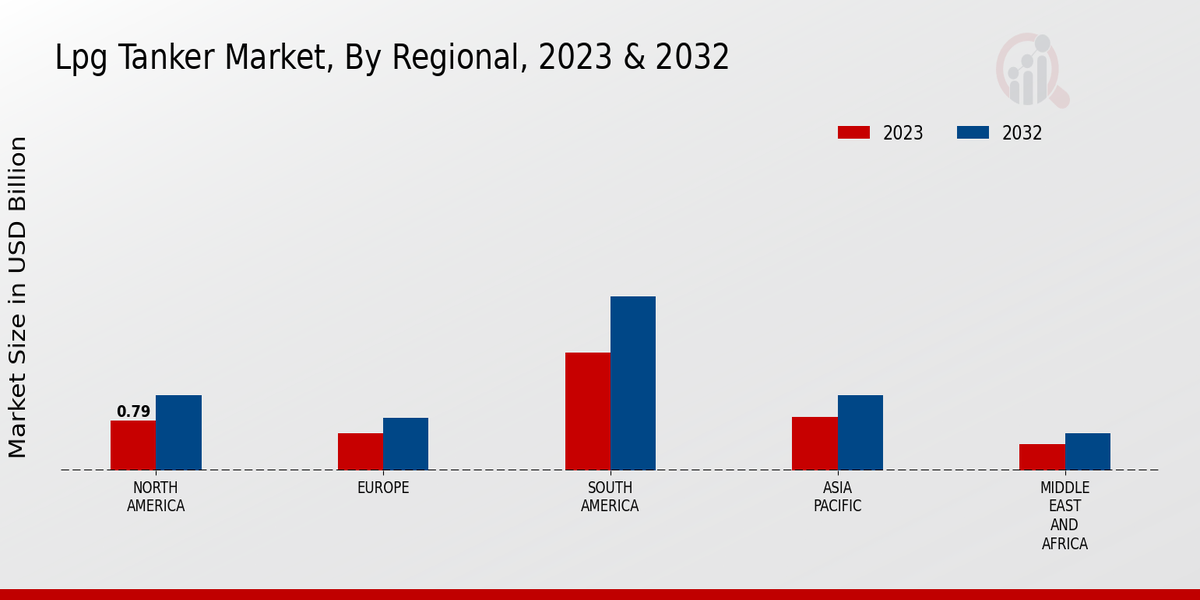Major players in Lpg Tanker Market are investing heavily in research and development to develop more efficient and environmentally friendly technologies. This is expected to lead to the development of new Lpg Tanker Market products and services, which will further drive the growth of the market. The Lpg Tanker Market industry is expected to witness a significant increase in the number of mergers and acquisitions in the coming years.
This is due to the increasing consolidation of the market, as well as the growing need for companies to expand their reach. Leading Lpg Tanker Market players are also forming strategic partnerships with other companies in order to gain access to new technologies and markets. The Lpg Tanker Market development is being driven by a number of factors, including the increasing demand for Lpg Tanker Market products and services, the growing adoption of new technologies, and the increasing globalization of the market.
Mitsui O.S.Applications. Lines, Ltd. is a leading provider of Lpg Tanker Market products and services. The company has a large fleet of Lpg Tanker Market vessels, and it operates in a number of countries around the world. Mitsui O.S.Applications. Lines, Ltd. is committed to providing its customers with high-quality products and services, and it is constantly investing in new technologies to improve its operations. Its commitment to innovation and customer service has made it a leader in the Lpg Tanker Market industry.
Exxon Mobil Corporation is a major player in the Lpg Tanker Market. The company has a large fleet of Lpg Tanker Market vessels, and it operates in a number of countries around the world. Exxon Mobil Corporation is committed to providing its customers with high-quality products and services, and it is constantly investing in new technologies to improve its operations. Its commitment to innovation and customer service has made it a leader in the Lpg Tanker Market industry. The company is expected to continue to grow its market share in the coming years.



















